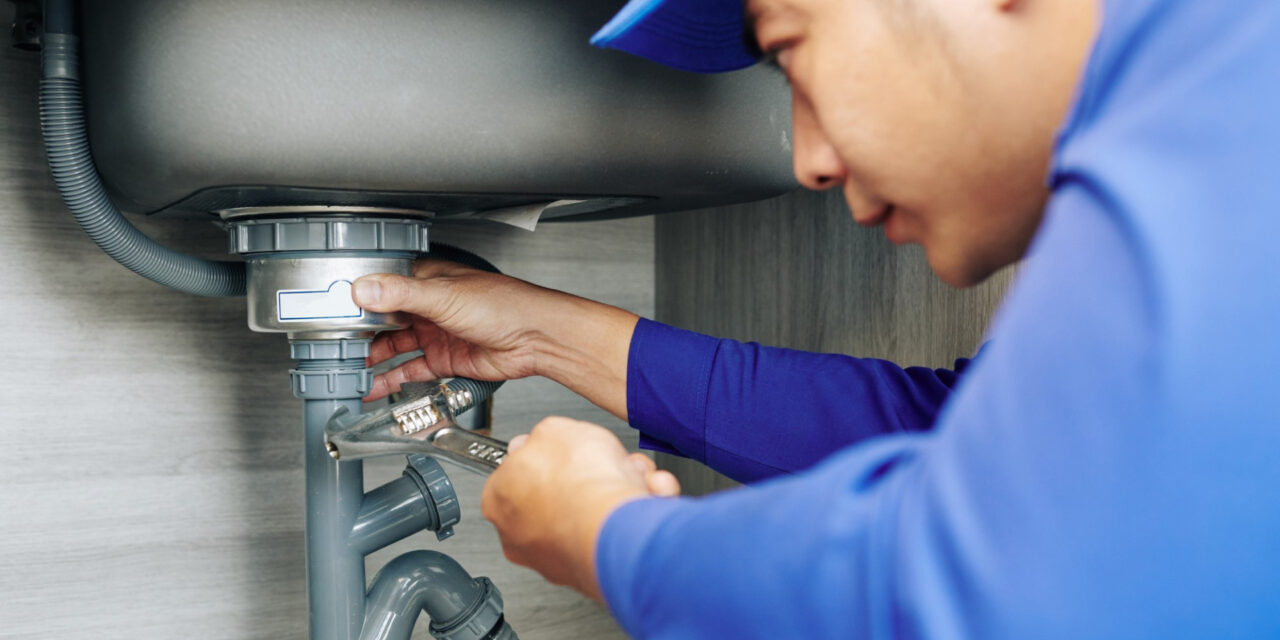Just how to Inspect If Your House Has a Covert Leak
Just how to Inspect If Your House Has a Covert Leak
Blog Article
This great article below pertaining to Leaking water lines is amazingly insightful. Read it for your own benefit and figure out what you think of it.

Early detection of dripping water lines can reduce a possible disaster. Besides saving you cash, it will certainly decrease the irritation and irritation. The moment you discover a leak, calling your plumber for repairs is the best solution. Some small water leakages may not be visible. If you can not spot it with your nude eyes, below are some hacks that assist.
1. Examine the Water Meter
Every house has a water meter. Checking it is a surefire manner in which aids you uncover leakages. For starters, switch off all the water sources. Make certain nobody will flush, make use of the faucet, shower, run the washing equipment or dishwashing machine. From there, go to the meter and watch if it will transform. Because no person is using it, there need to be no movements. That indicates a fast-moving leak if it relocates. If you identify no changes, wait an hour or two as well as examine back again. This means you may have a slow-moving leak that might also be below ground.
2. Examine Water Intake
Evaluate your water costs and track your water intake. As the one paying it, you ought to see if there are any disparities. If you spot sudden changes, in spite of your usage being the same, it means that you have leakages in your plumbing system. Keep in mind, your water expense must drop under the very same array on a monthly basis. An unexpected spike in your bill indicates a fast-moving leakage.
A steady rise every month, also with the exact same practices, reveals you have a slow-moving leak that's also slowly escalating. Call a plumber to extensively inspect your building, specifically if you really feel a warm location on your floor with piping underneath.
3. Do a Food Coloring Examination
When it comes to water usage, 30% comes from bathrooms. If the shade somehow infiltrates your dish throughout that time without flushing, there's a leakage in between the container and bowl.
4. Asses Outside Lines
Do not forget to inspect your outdoor water lines as well. Test faucets by attaching a yard hose pipe. Needs to water leak out of the link, you have a loosened rubber gasket. Change this and ensure all links are tight. If you've got a sprinkler system, it will aid get it expertly checked out and preserved annually. One little leak can throw away lots of water as well as surge your water bill.
5. Check and Evaluate the Situation
House owners must make it a behavior to check under the sink counters and also even inside cabinets for any bad odor or mold growth. These two red flags suggest a leakage so prompt interest is called for. Doing routine assessments, even bi-annually, can save you from a major issue.
Check for discolorations and also weakening as most home appliances as well as pipes have a life expectations. If you believe leaking water lines in your plumbing system, don't wait for it to intensify.
Early discovery of dripping water lines can alleviate a possible catastrophe. Some small water leakages might not be noticeable. Inspecting it is a surefire method that helps you discover leakages. One small leak can waste tons of water and increase your water expense.
If you think dripping water lines in your plumbing system, don't wait for it to intensify.
WARNING SIGNS OF WATER LEAKAGE BEHIND THE WALL
PERSISTENT MUSTY ODORS
As water slowly drips from a leaky pipe inside the wall, flooring and sheetrock stay damp and develop an odor similar to wet cardboard. It generates a musty smell that can help you find hidden leaks.
MOLD IN UNUSUAL AREAS
Mold usually grows in wet areas like kitchens, baths and laundry rooms. If you spot the stuff on walls or baseboards in other rooms of the house, it’s a good indicator of undetected water leaks.
STAINS THAT GROW
When mold thrives around a leaky pipe, it sometimes takes hold on the inside surface of the affected wall. A growing stain on otherwise clean sheetrock is often your sign of a hidden plumbing problem.
PEELING OR BUBBLING WALLPAPER / PAINT
This clue is easy to miss in rooms that don’t get much use. When you see wallpaper separating along seams or paint bubbling or flaking off the wall, blame sheetrock that stays wet because of an undetected leak.
BUCKLED CEILINGS AND STAINED FLOORS
If ceilings or floors in bathrooms, kitchens or laundry areas develop structural problems, don’t rule out constant damp inside the walls. Wet sheetrock can affect adjacent framing, flooring and ceilings.
https://www.servicemasterbyzaba.com/blog/how-to-detect-water-leakage-in-walls/

I was shown that write-up about Finding hidden leaks from an associate on a different website. Please set aside a second to distribute this blog if you enjoyed reading it. Thank-you for your time invested reading it.
Report this page